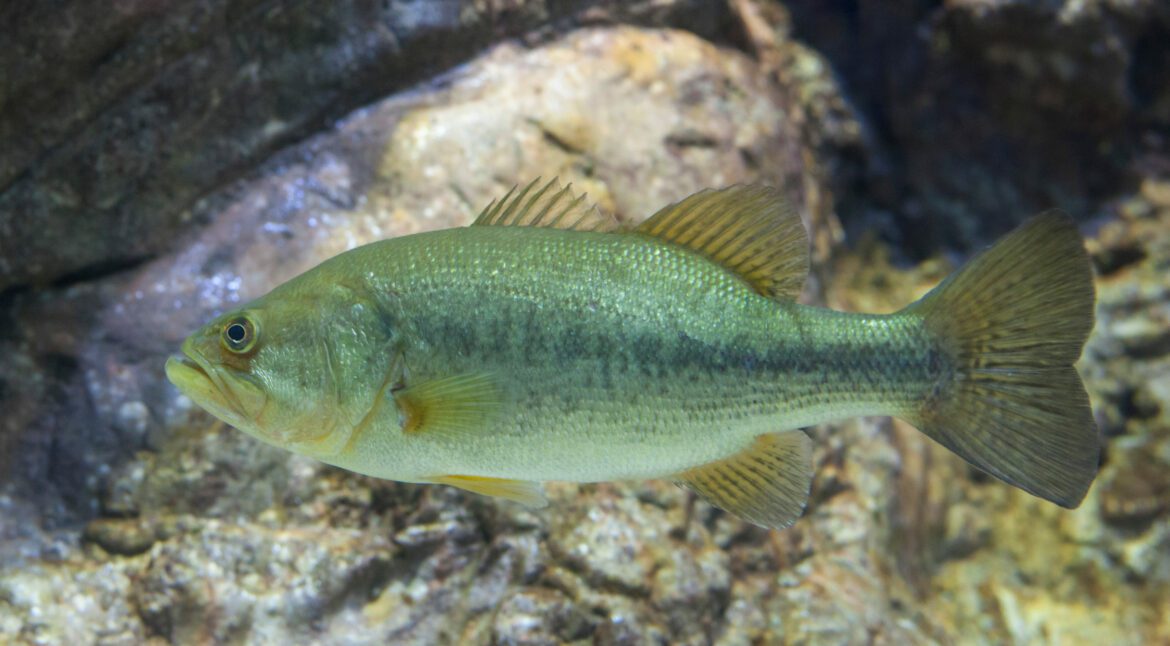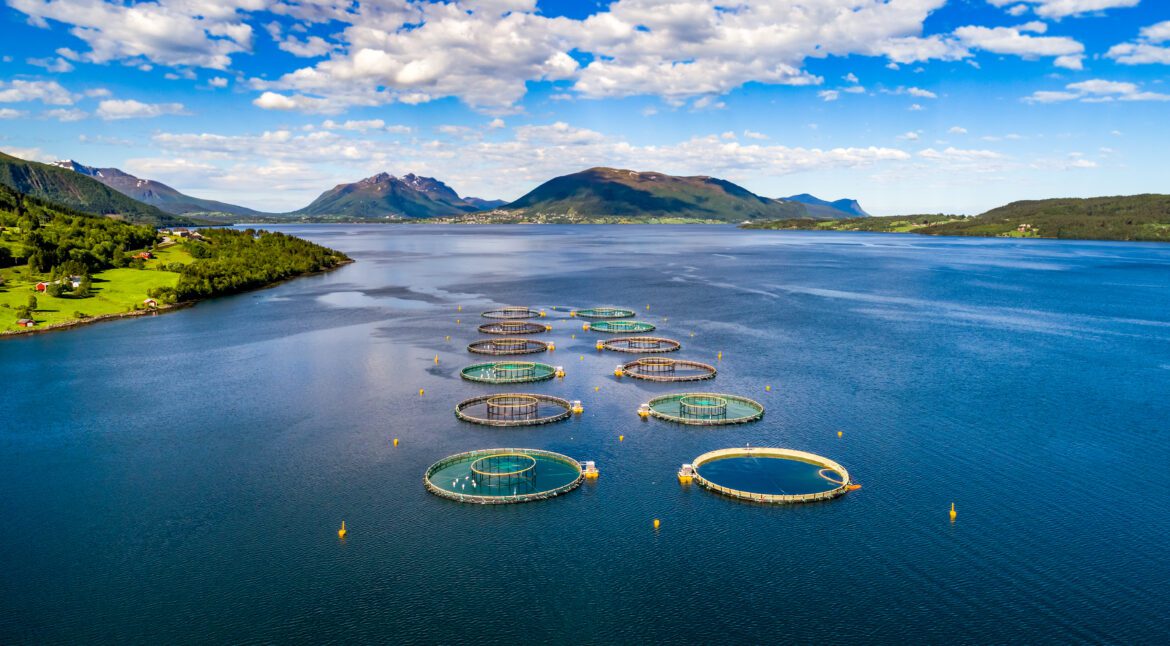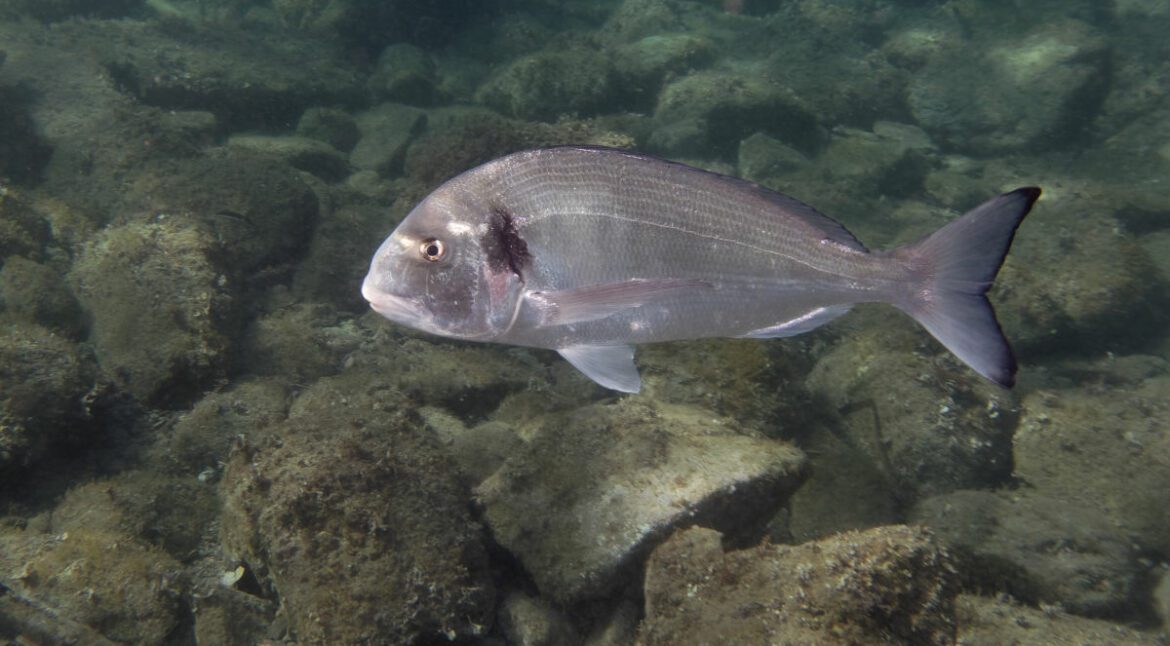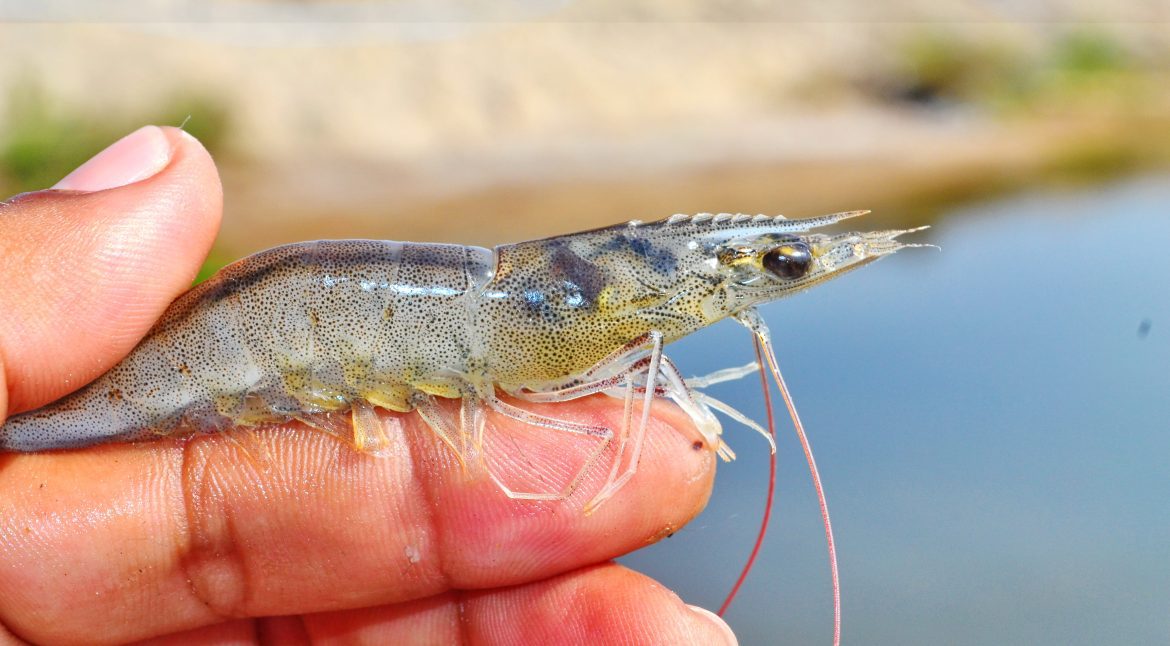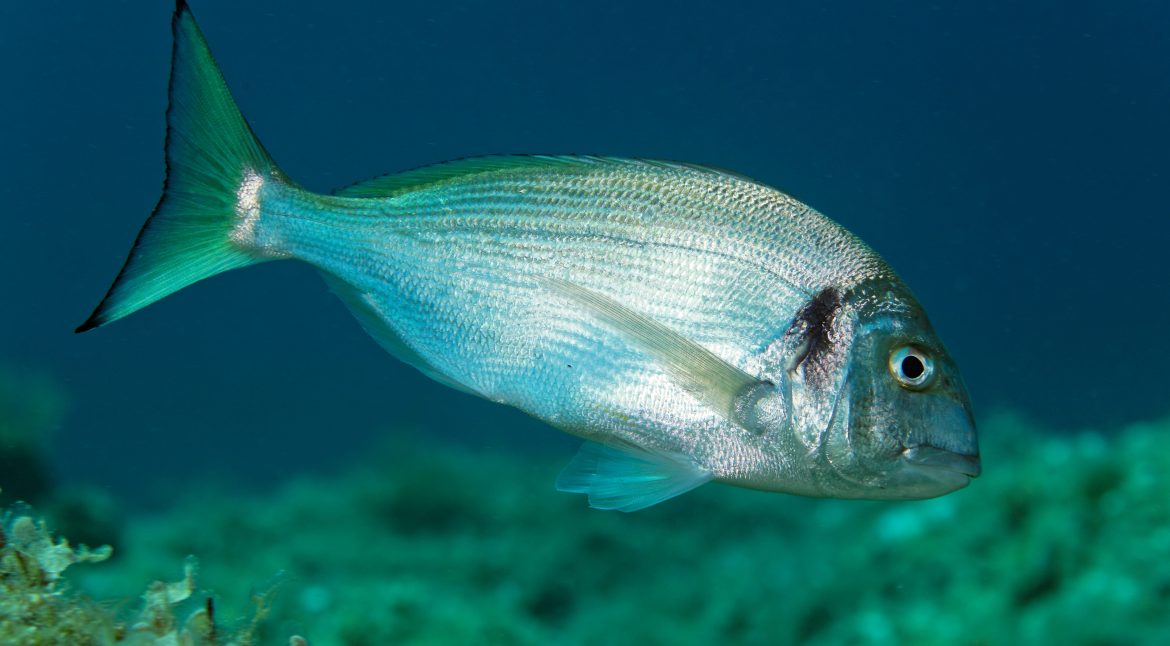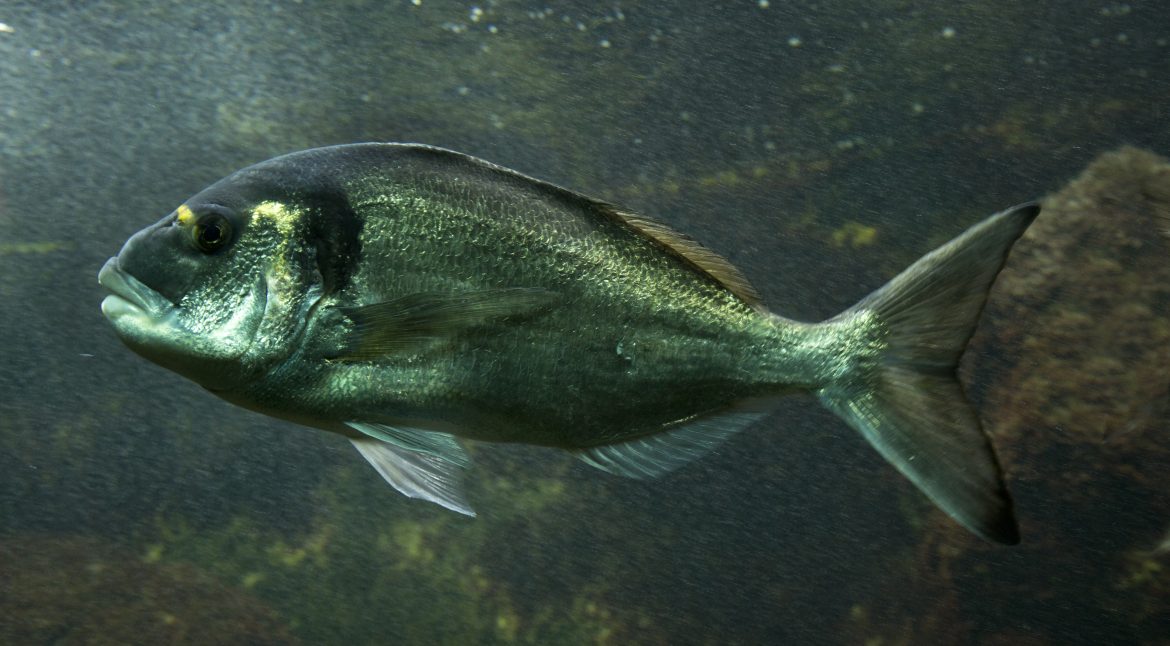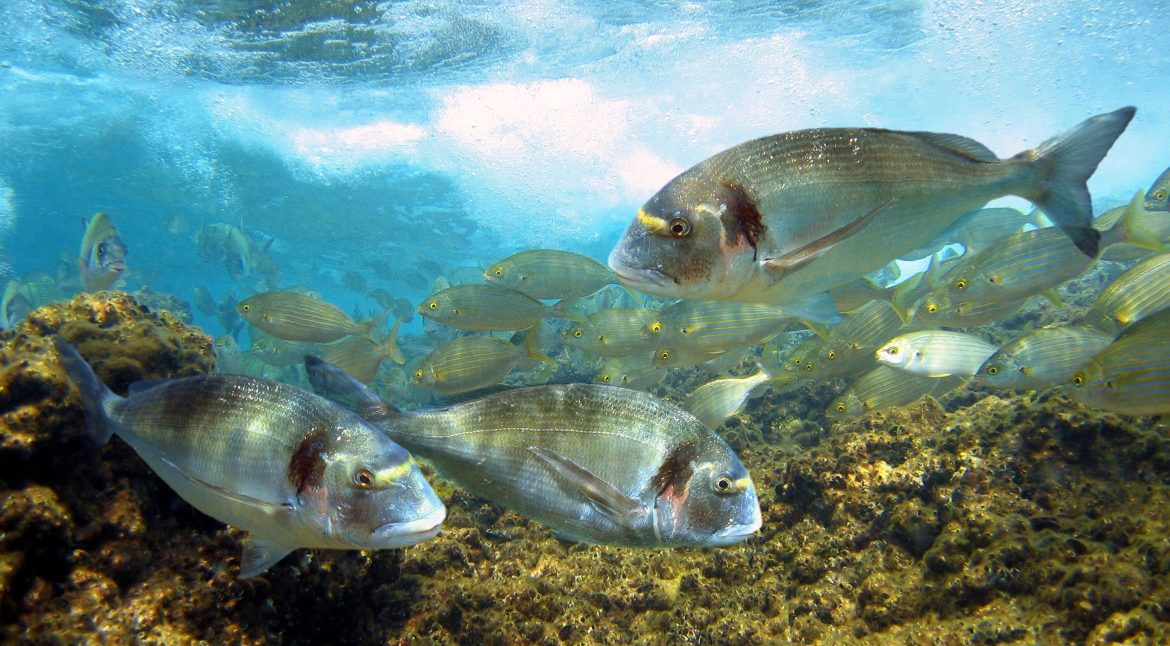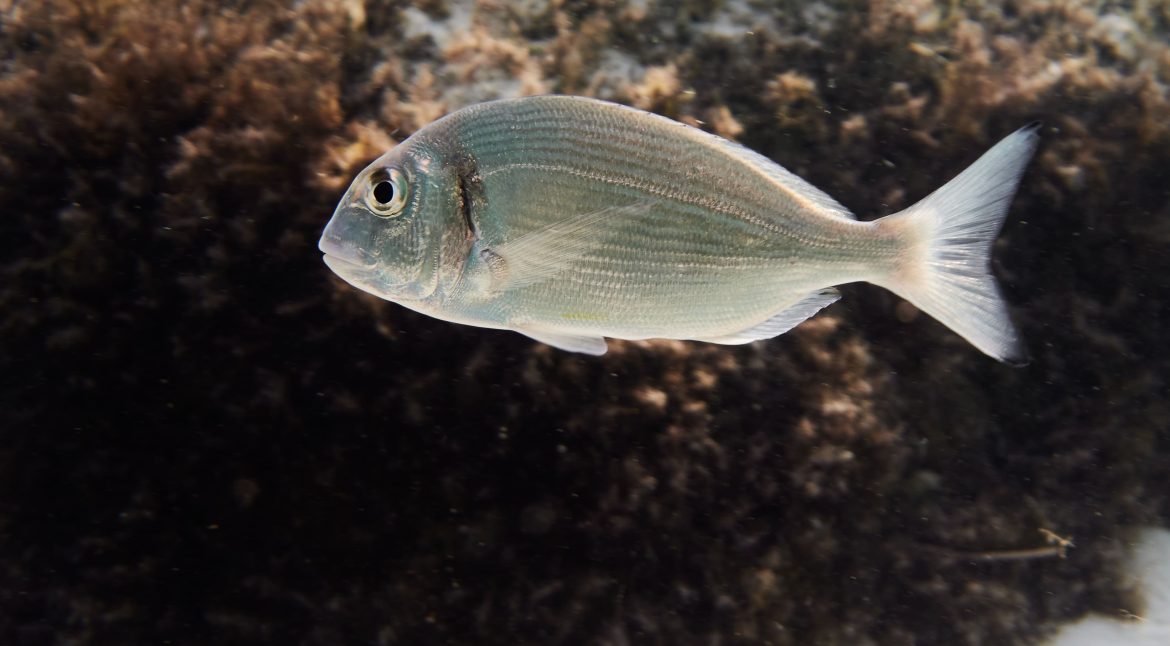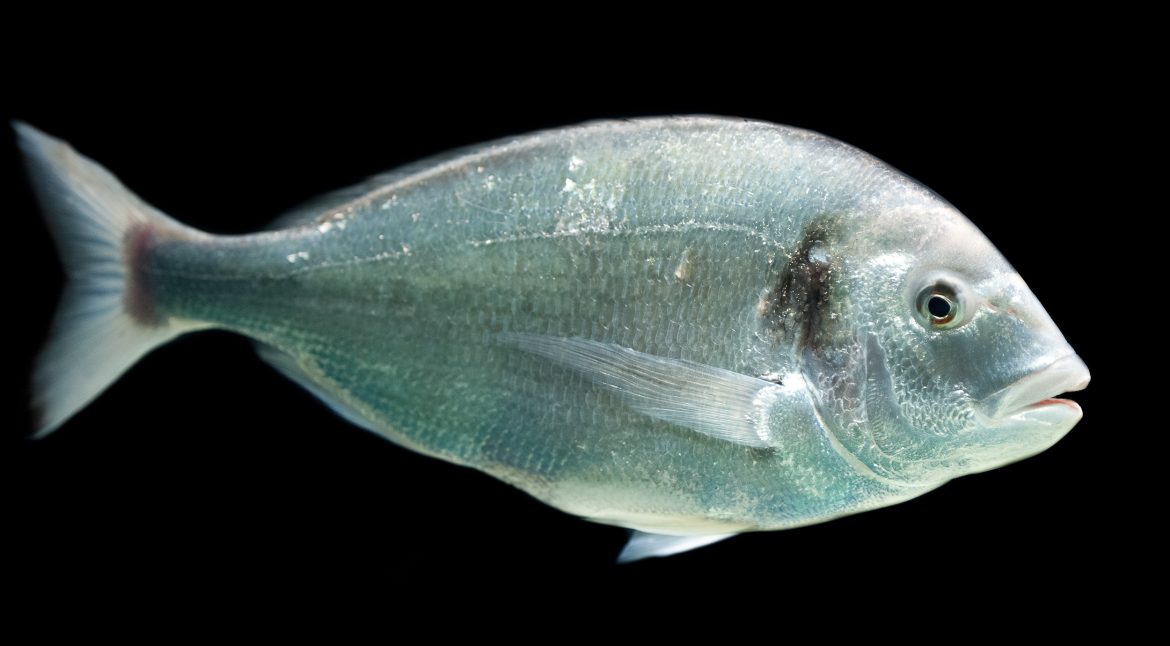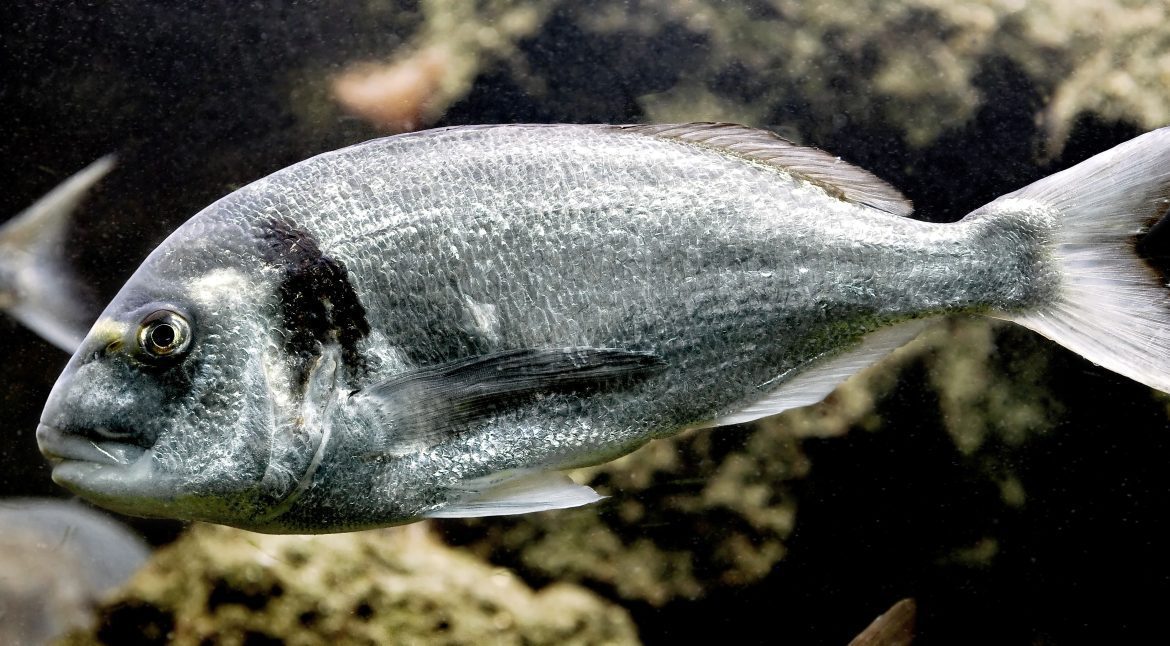A 10-week growth trial was conducted to investigate the effects of a phytogenic feed additive (PFA) containing olive by-products and green tea extracts supplemented to a reduced fishmeal/high soybean meal diet on the growth performance, hepatic antioxidant capacity, lipid metabolism, and liver health of largemouth bass (Micropterus salmoides). Three experimental…
Short-chain fatty acids, including butyrate and its derived forms, have been used as dietary supplements to reverse or ameliorate the potential negative effects of plant-derived ingredients in aquaculture diets, and have a multitude of well-demonstrated physiological and health enhancing effects in mammals and livestock. Tributyrin, a butyric acid derivate, has…
In this study, we investigated the transcriptional spatio-temporal dynamics of the taste 1 receptor (T1R) gene family repertoire in seabream (Sparus aurata [sa]), during larval ontogeny and in adult tissues. In early larval development, saT1R expression arises heterochronously, i.e. the extraoral taste-related perception in the gastrointestinal tract (GIT) anticipates first…
Fish oil (FO), as a source of n-3 long-chain polyunsaturated fatty acids (LC-PUFA), is probably one of the most valuable ingredients in fish feeds. However, rising costs, decreasing availability and scarcity of alternative “Omega-3” sources meeting price and volume demands, compels its judicious use by the aquafeed industry. Past research…
Optimal feed intake is crucial for performance, efficiency and profitability. Palatability of feed, associated to its chemical and sensory properties, is central in determining acceptability by fish. Still, some species are more tolerant than others. Gilthead seabream, for instance, adapts fairly well to changes in diet formulation. However, a feed…
In this study we used a self-feeding system to investigate feed choice based on organoleptic cues in gilthead seabream. Two consecutive experiments were done with the same group of fish in summer (Exp-1: average body weight = 38g; average water temperature = 25.2ºC) and autumn (Exp-2: 100g; 17.3ºC) using a…
In higher vertebrates, the inclusion of single or mixed spices such as capsaicin, black pepper, ginger in the diet has been proved to induce thermogenesis, fat oxidation and regulate feed intake, associated to the modulation of fat digestion and absorption through higher bile acid secretion. In addition, gut microbiota may…
The use of body adiposity modulators, such as bile salts, as feed additives could be a good nutritional strategy to avoid adiposity disorders in fish, which may be attributed to their beneficial role in promoting lipid metabolism and enhancing fat digestibility. Furthermore, bile salts have a key role in the…

